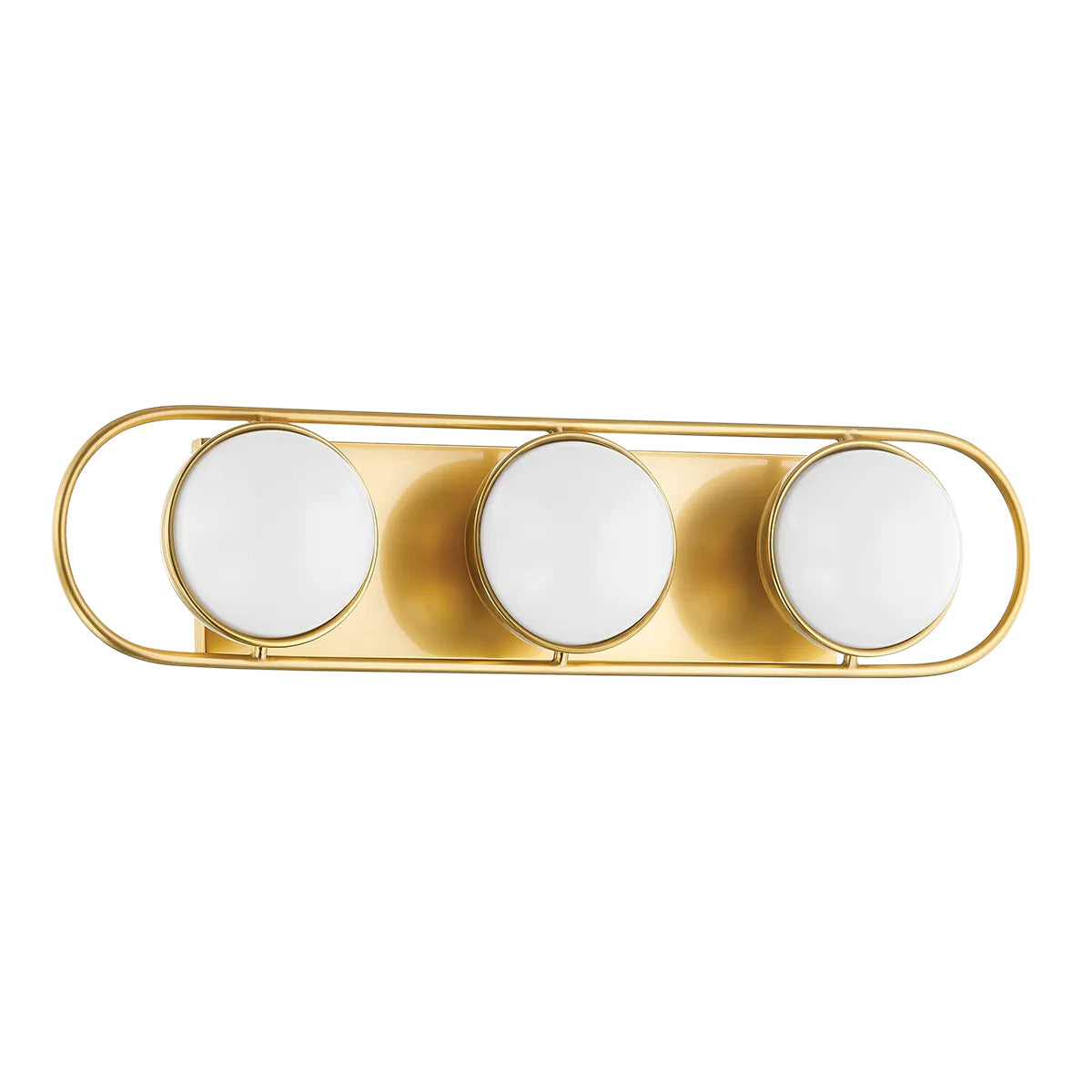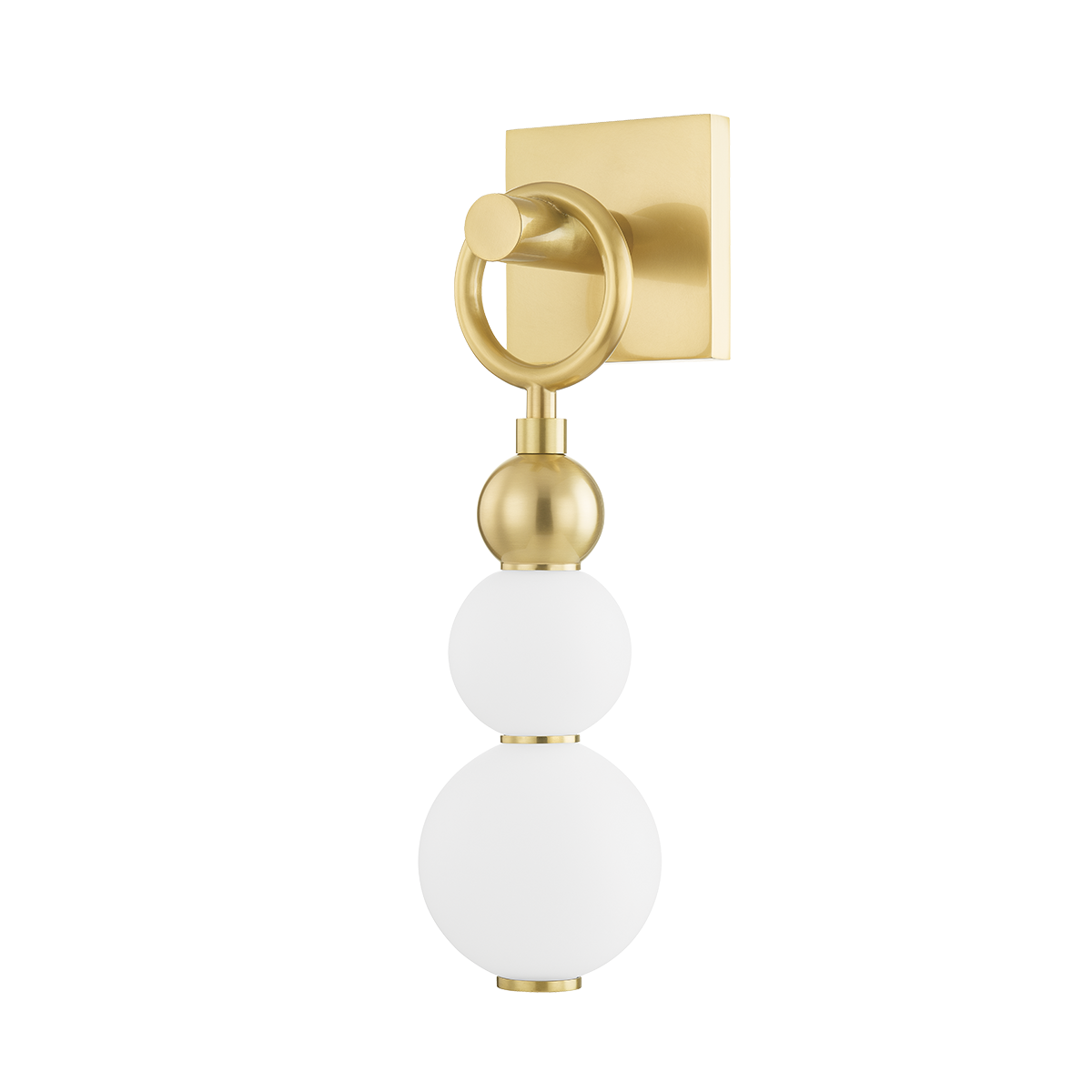Shop Wall Lights by Type
-

Picture Lights
Illuminate your most cherished artwork and photographs with our expertly crafted picture...
-

Vanity Lights
Elevate your bathroom ambiance with our curated selection of modern vanity lights...
-

Wall Sconces
Add timeless elegance and ambient lighting to your interiors with our collection...
Wall Lights FAQs
What types of wall lights are available?
Popular wall lighting styles include:
- Wall Sconces – Elegant, decorative lighting for bedrooms, hallways, and dining areas.
- Outdoor Wall Lights – Weatherproof fixtures for patios, porches, and exterior security.
- Swing-Arm Wall Lamps – Adjustable fixtures ideal for reading nooks and bedside lighting.
- LED Wall Lights – Energy-efficient options with modern, sleek designs.
How high should wall lights be mounted?
Wall lights should be installed at eye level, typically between 60-72 inches from the floor for general lighting.
Can wall lights be used for task lighting?
Yes! Wall-mounted lights are great for task lighting in bathrooms, workspaces, and reading areas.
Can I install wall lights myself?
If replacing an existing fixture, installation is simple. However, hardwired installations may require professional assistance.
Do wall lights need wiring?
Not always! Some wall lights are plug-in or battery-operated, eliminating the need for hardwiring.
Can wall lights be dimmable?
Yes! Many wall lights are compatible with dimmers for adjustable ambiance.
Are LED wall lights better than traditional lighting?
Yes! LED fixtures consume less energy, last longer, and provide brighter illumination compared to traditional incandescent lights.
Do LED wall lights require bulb replacements?
Some models use integrated LED modules, while others allow for replaceable LED bulbs.
Can wall lights be dimmable?
Yes! Many wall lights are compatible with dimmers for adjustable ambiance.
Why buy wall lights from Afterimage Lighting?
As an authorized dealer, we guarantee authentic, high-quality wall lights backed by manufacturer warranties.
Do you offer expert lighting recommendations?
Yes! Our lighting specialists provide personalized guidance to help you find the best wall lights for your space.



